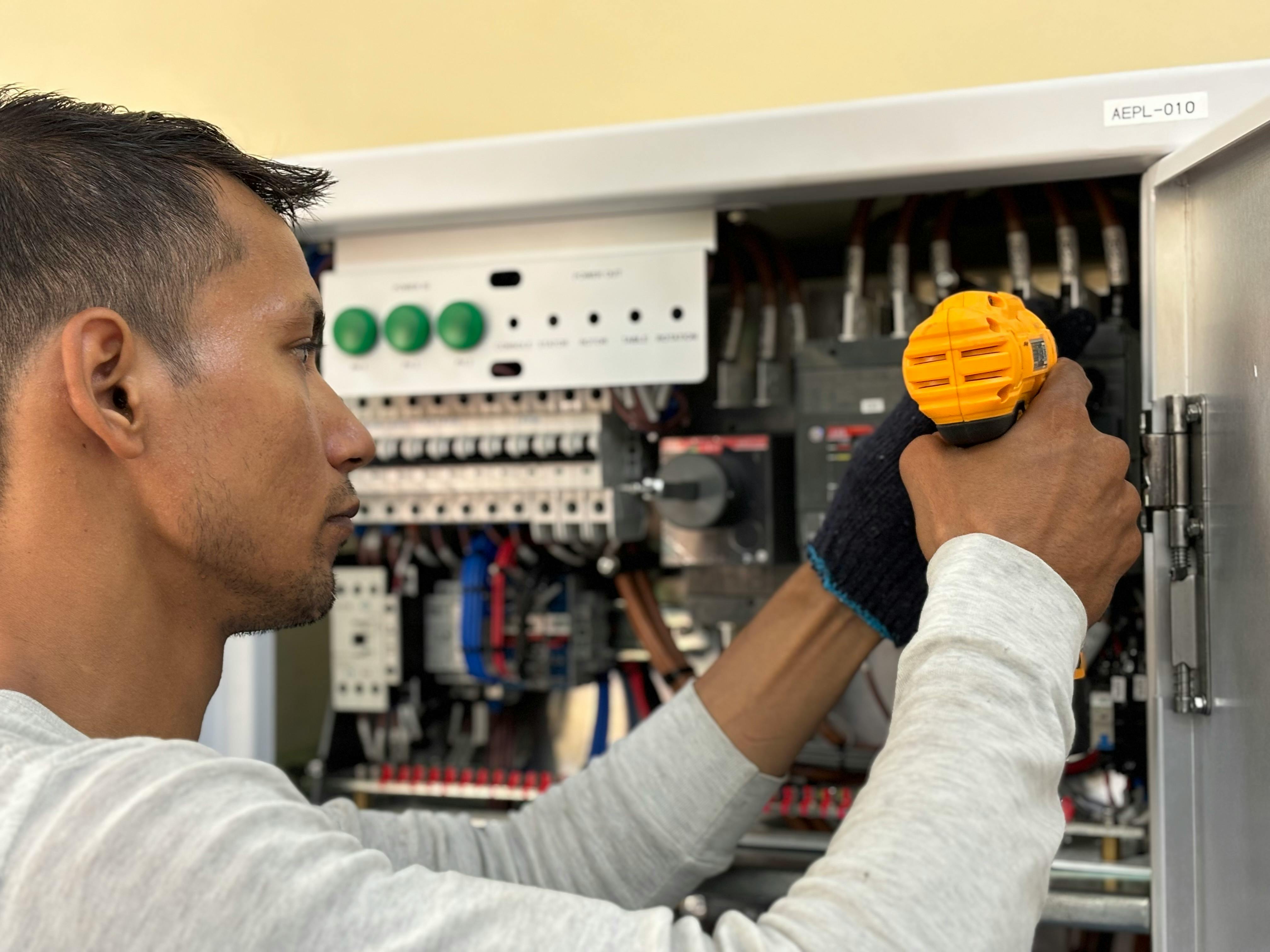Palm Desert CA was incorporated in 1973 and designated a charter city in 1997. The city is governed by a council-manager system. The mayor and council members pass ordinances, determine policy, and maintain essential services.
This sun-drenched desert city woos tourists with designer boutiques, art galleries and premier golf courses. At the living Desert Zoo & Gardens, you can encounter desert wildlife, including cheetahs and camels.
1. Wolfgang Puck Pizza Bar
This is the first Wolfgang Puck Pizza Bar to be located in California. The restaurant offers a variety of global-inspired dishes in a relaxed atmosphere. Salads, handmade pastas and signature pizzas make up the bulk of the menu. The menu also includes a variety of meaty dishes, including steaks and seafood.
Food here is excellent, and easily surpasses both Blaze Pizza Ponte. The menu is family-style and items are served as soon as they come off the grill or out of the oven.
A large patio and two indoor seating areas are complemented by a light, low-key interior with modern and rustic accents. Wolfgang Puck’s large-scale photos adorn the space. Desserts are as delicious as the main courses, including Salted Caramel Pudding or Chocolate Cake.
2. Mastro’s Steakhouse
Mastro’s Steakhouse is a high-end steak and seafood restaurant. The restaurant has several locations across the country. It is known for its world-class food, high-class atmosphere and excellent service. The restaurant is known for its steaks, but it also serves a variety of other dishes such as lamb chops, and veal chops.
The restaurant has a very strict dress code and will only serve those who are properly dressed. The restaurant does not allow beachwear or gym wear, including sweatpants and hoodies. They also do not permit jerseys, baseball caps, oversized clothes, or anything else that could cause an offensive smell.
The service is very friendly and helpful, and the food is excellent. This is the perfect place to enjoy a night out with friends or celebrate a special occasion.
3. Clementine’s
Taking a thoughtful leap of faith and dedicated to quality, Christophe and Jennifer Douheret opened this upscale market and cafe. The ambiance and food speak to their souls, reflecting the sun oriented countries of the south.
Their success inspired them to expand to a 5000 sqft space on the famed El Paseo shopping street. The snowy pressed-tin counters are a backdrop to flaky croissants. Dark chocolate mousse layer cake, deep green Kale salads, and soupe du jour.
My Darling Clementine by John Ford tells the story about Wyatt Earp, the Tombstone shootout and a love triangle involving the graceful and gentle Clementine Carter played by Cathy Downs and Doc Holliday played Victor Mature and Saloon Singer Chihuahua performed Linda Darnell. The theme of westerns is the lone wolf willing to sacrifice their lives to help others in need, and then walk away to allow Civilization to continue to flourish.
4. Cafe des Beaux-Art
Cafe des Beaux-Art, located on the corner El Paseo and Larkspur Lane in Palm Desert, is a Palm Desert institution. Thirty years in, owner Didier Bloch still brings an air of authenticity to the restaurant. You’ll feel as if you are dining in Paris, whether you choose a booth for two or sit at the bar.
The restaurant is a favorite for weekend brunches, which are served on one of El Paseo’s most coveted patios. The menu includes a variety of options, including traditional French cuisine. Choose from sweet or savory Crepes à la Creme, Poulet à la Creme, or the Farm Breakfast Sandwich.
There are more than 150 options for every taste and budget. Make a reservation at one of the many Palm Desert CA restaurants or read reviews.
5. Wilma & Frieda’s
Wilma & Frieda’s is a family-owned restaurant serving eclectic breakfast and lunch dishes. The name is a tribute to the owner’s two grandmothers, and the menu features comfort food with a twist, such as griddled meatloaf and eggs and Mark’s short rib eggs benedict. They also serve breakfast tarts that are filled with fruit and topped with frosting and sprinkles.
